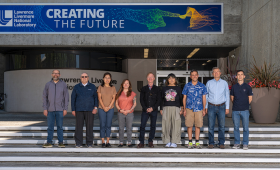In a new study, LLNL researchers demonstrate a model that can reproduce and explain delta-plutonium’s thermal behavior and unusual properties.
Science and Technology Highlights
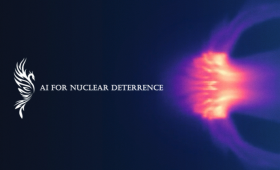
LLNL researchers have reached a milestone in combining AI with fusion target design by deploying AI agents to automate and accelerate inertial confinement fusion (ICF) experiments.
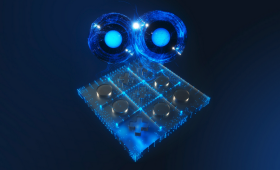
LLNL researchers create a droplet-based platform that uses ions to perform simple neuromorphic computations.
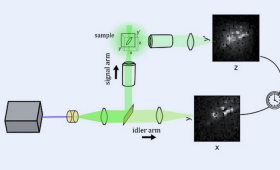
LLNL scientists develop a 3D quantum ghost imaging microscope — the first of its kind.
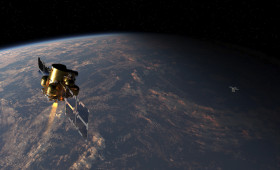
LLNL is selected to provide a new monolithic telescope for a responsive space mission that will launch as early as 2027.
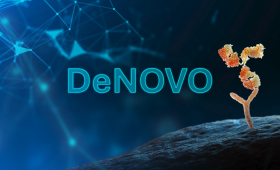
Under the three-year DeNOVO project, LLNL and other institutions will apply high-performance computing and AI to push the boundaries of antibody design.
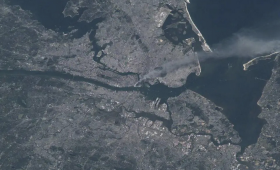
In a study published in PNAS Nexus, LLNL researchers described how a new deep learning model is capable of predicting toxic plume behavior in just a few minutes.

LLNL is partnering with Cornell University to build the Autonomous Alloy Prediction and EXperimentation (APEX) platform for 3D printing, grinding, polishing and characterizing alloy samples.
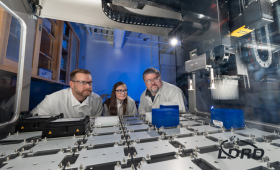
LLNL scientists and Purdue University collaborators develop and demonstrate a high-throughput, automated mass spectrometry platform.
LLNL and the Extreme Light Infrastructure (ELI) European Research Infrastructure Consortium (ERIC) have signed a new Memorandum of Understanding that builds on their existing strategic collaboration for scientific research and laser innovation.


